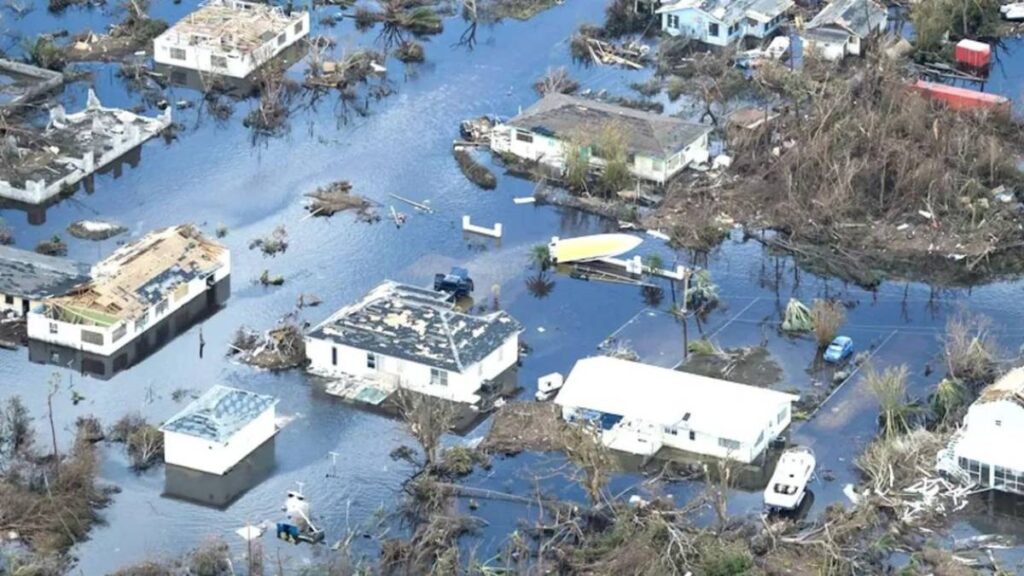Hurricanes, tornadoes, tsunamis in coastal cities, melting glaciers, flooding, and landslides are some of the climate-related disasters fast eating away at real estate in the United States.
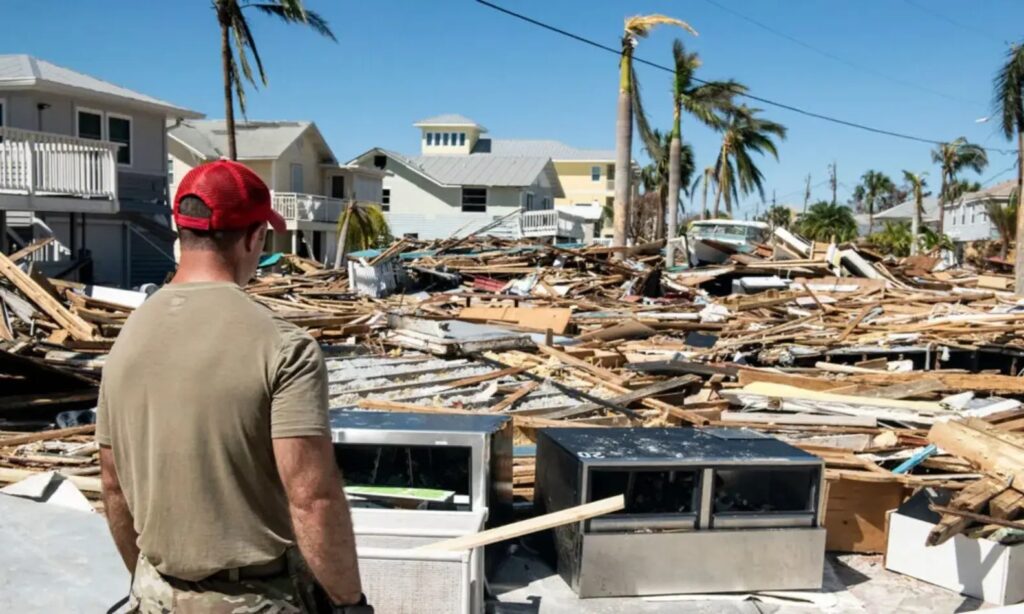
Analysts have estimated the climate risk facing the housing market as high as $22 trillion. Unfortunately, there are no projections that it will taper off anytime soon.
Is Your Home Facing a Climate Risk?
About 44.8% of homes in the United States face one form of climate risk or the other. If all these risks were to play out in the space of a year, the US would lose roughly $22 trillion in real estate.

While the timeframe of that estimate is not very realistic, the eventual implications may hold true.
The Three Climate Musketeers
A three-person team of experts compiled and analyzed the data that led to the cited report. Danielle Halle and Jiayi Xu are economists, while Sabrina Speianu is an economic data manager.

In their report, which recently went public on realtor.com, air pollution, heat waves, wildfires, wind, and floods were all considered climate risk issues.
High-Risk Climate Factors for Which To Look Out
According to the report, 90% of all the properties identified as susceptible to climate risk factors have the potential to fall victim to air pollution, wind, or heat waves. The report classified these three climate issues as high risk.
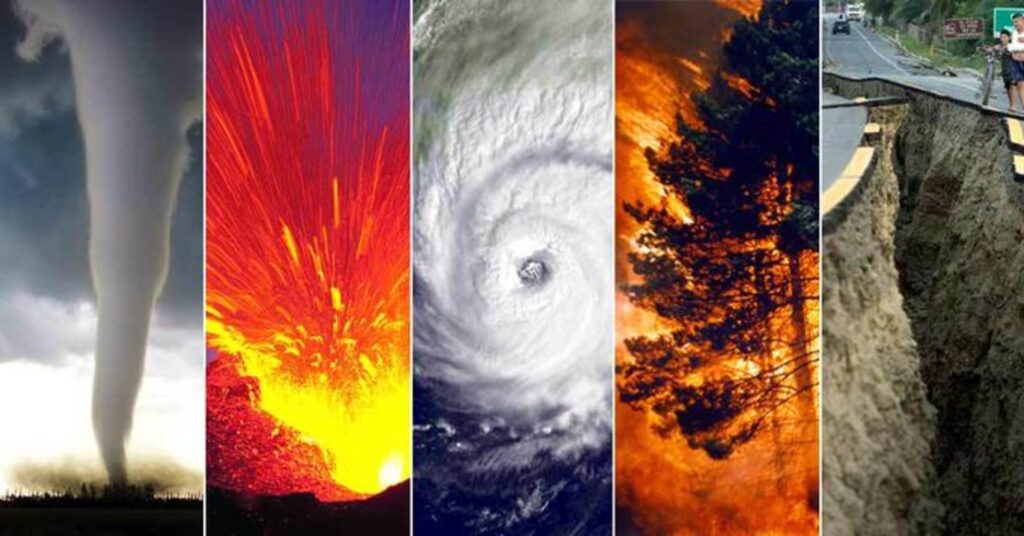
As soon as this dynamic becomes public knowledge, it will likely impact the valuation of homes negatively.
Climate Risks, Nibbling Away on Home Values
In a separate publication on realtor.com, Xu highlights the implications of prospective homebuyers and real estate brokers gaining insight into the climate risk of a property.

Xu said, “Climate risk is a big deal, it can impact home values, insurance costs, and the overall stability of a housing market.”
Choosing Between a Cheap House and Losing All
Xu further explained that some homebuyers intentionally seek out properties in locations of high climate risk just for the perks of low pricing. However, these folks end up living under the foreboding shadow of an impending disaster.

It’s better to have a great bargain on a climate-haunted house, right? It may be more complicated than that, as some families lose all their tangible belongings to a single climate disaster.
The Least Prevalent Climate Risks
The realtor.com report suggests that wildfire and flood are the least prevalent climate risk for homes in the United States. However, heat has the highest incidence in the country.

According to research data, about 32.5% of all homes in the United States, valued at $13.6 trillion, are at the mercy of heat risks.
Heat Waves Are Prominent Offshoots of Climate Change
Miami is the top state with the highest number of residential properties subject to extreme heat risk, but it is not alone in that hierarchy.
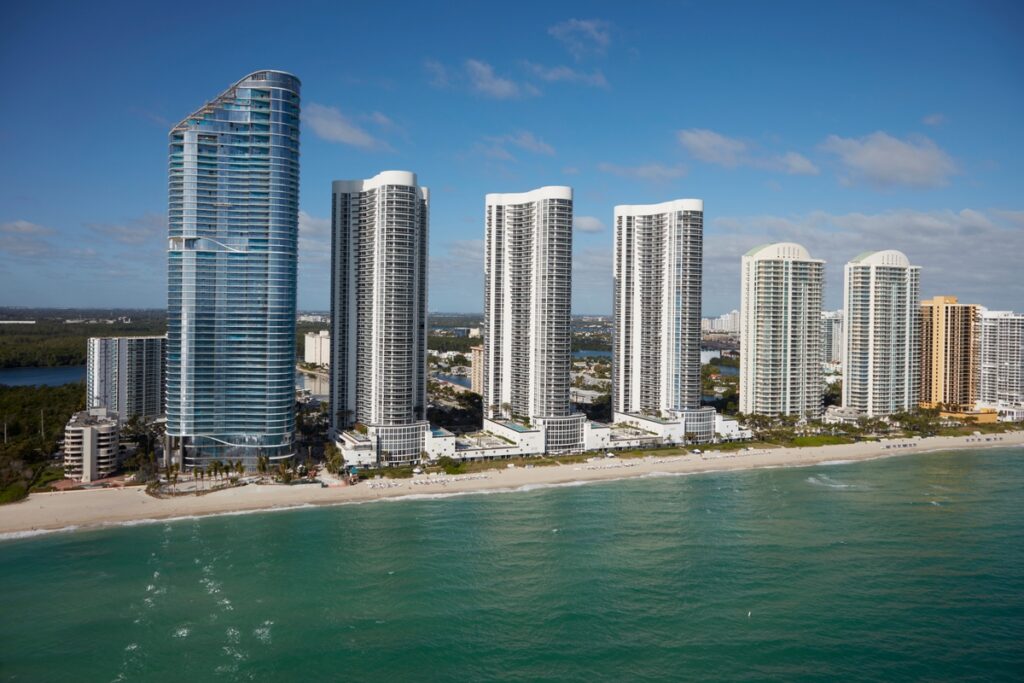
The report cites metropolitan areas in Virginia, Louisiana, South Carolina, Texas, and Florida as equally experiencing substantial exposure to severe heat risks.
Real Estate Can be Susceptible to Hurricanes
Next on the list of the top climate risk events are winds. Not the gentle breeze that whistles through your window splits. We are talking about havoc-wreaking hurricanes.
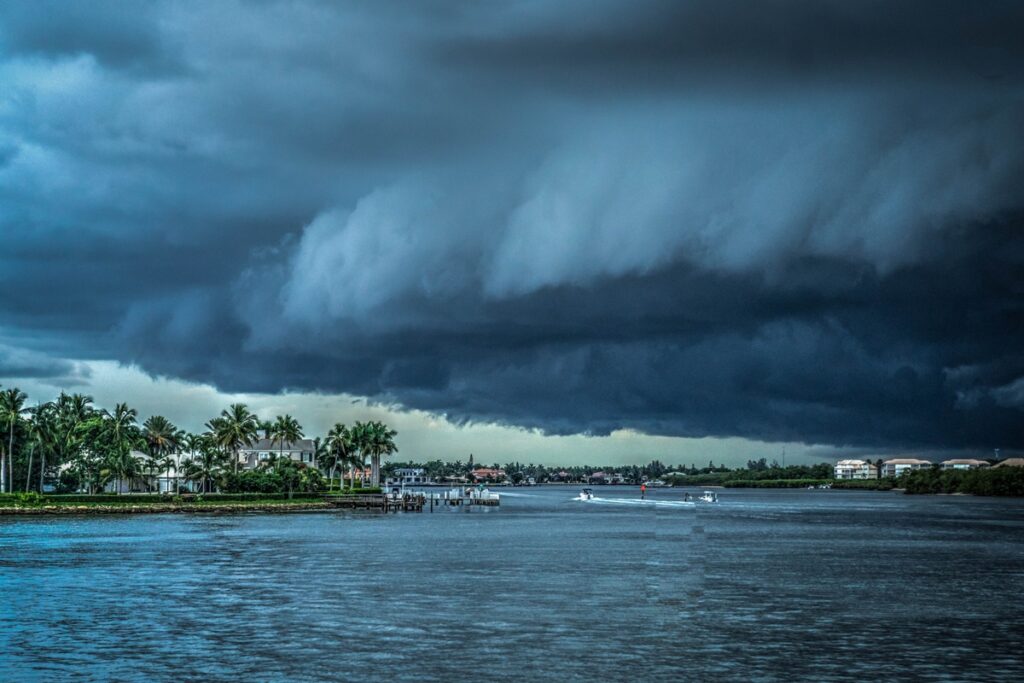
The report claims that 18.1% of American homes, valued at $7.7 trillion, face the risk of exposure to hurricanes. Once again, Miami comes out on top as the state with the highest housing exposure to hurricanes.
Poor Air Quality Can Be a Factor To Consider When Buying a House
Discussions about the risks associated with poor air quality are underrated in the United States, particularly in relation to real estate. Meanwhile, 9% of homes in the US are susceptible to air quality risks.

According to the report, San Francisco, California, and Washington, in that order, are the top states where homes are exposed to the highest risk of poor air quality.
Rising Sea Levels, More Precipitation, and More Flooding
The flood risk is next on the list of prominent hazards likely to plague an American home. The realtor.com report suggests that 6.6% of all homes in the US, valued at about $3.4 trillion, are potential victims of extreme flood risks.
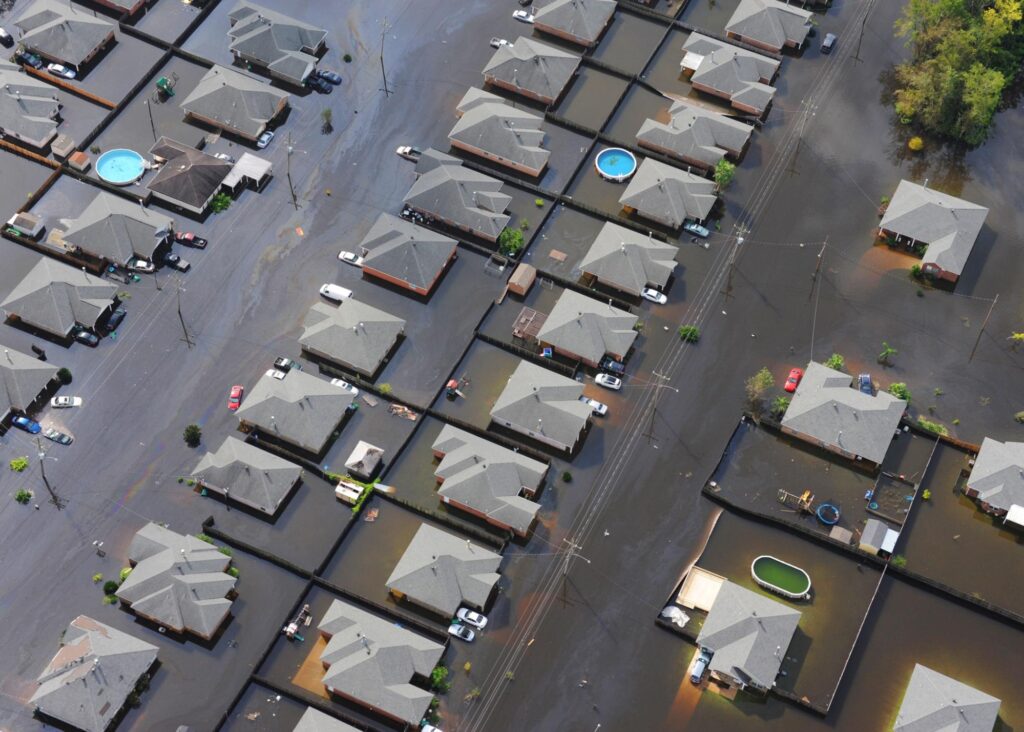
Once again, Miami has the highest number of homes subject to severe flooding risk. However, this category’s most expensive fraction of houses are concentrated in New Orleans.
Call the Fire Service!
Finally, wildfire is last on the list of climate events that economically impact the housing market in the United States. According to the macroeconomic study, about 5.5% of US homes are subject to extreme wildfire risks.
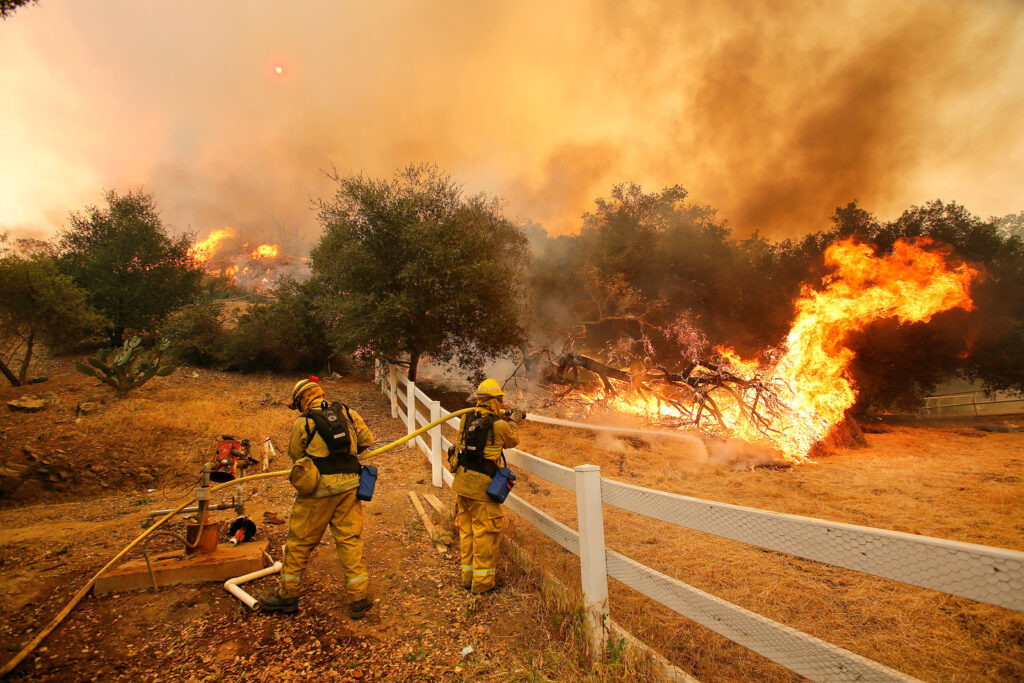
The Californian fire service is frequently on busy schedules due to recurrent wildfire outbreaks. Also, a large proportion of wildfire news in the US is from California. So, it is little surprise that the highest concentration of homes susceptible to this risk is in California.
High Risks and Cheap Insurance Policies Are Incompatible
Buying residential property in a high-climate risk area is a small matter, but getting affordable insurance that offers the needed coverage can be pretty difficult.
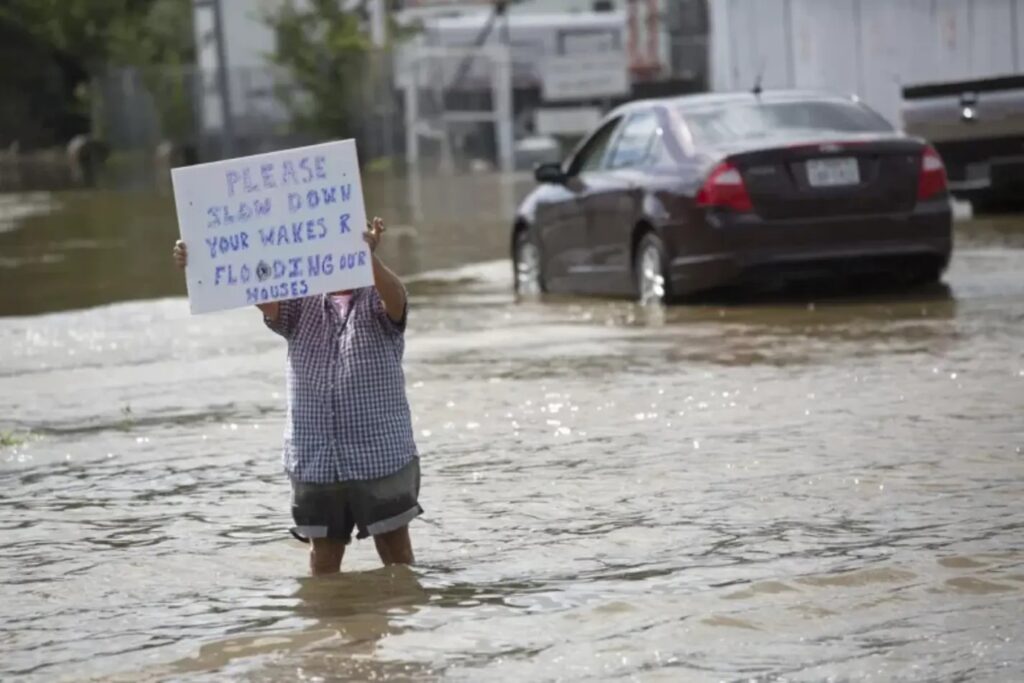
The natural logic is: “The higher the risks, climatic or not, besetting a home, the higher the insurance cost.” Fortune reports that this added cost makes homeownership elusive for many Americans.
The Very Time To Be Concerned About Climate Risks
However, Fortune also reports that weather events will likely become more frequent in the United States.
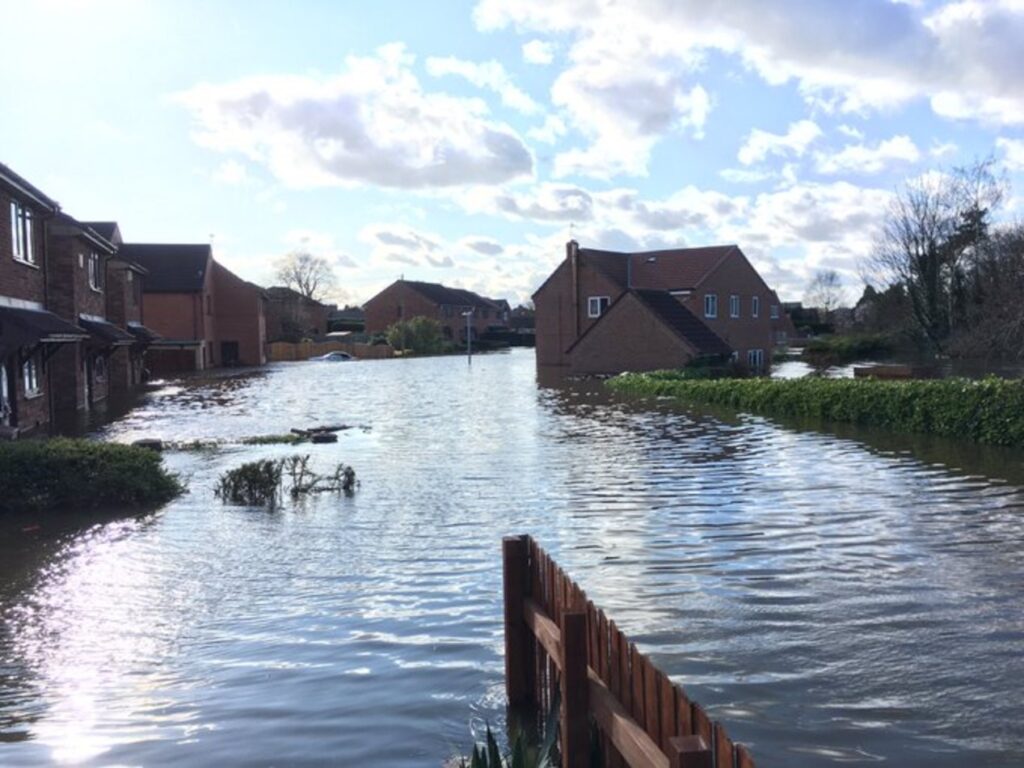
In 2023 alone, extreme weather conditions cost the US housing market about $23 billion in damages. Consequently, insurers rule some properties as uninsurable, increasing their prices and mortgage rates.
Pristine Coastal Properties Will Have It Tough
On the other hand, the Federal Reserve is unleashing all the economic policies possible to bring inflation down to 2%.

According to Jerome Powell of the Federal Reserve, “In the longer term, companies are withdrawing from writing insurance in some coastal areas…It’s a significant issue.” The cost of insurance policies is another dynamic that causes a hike in home prices.

